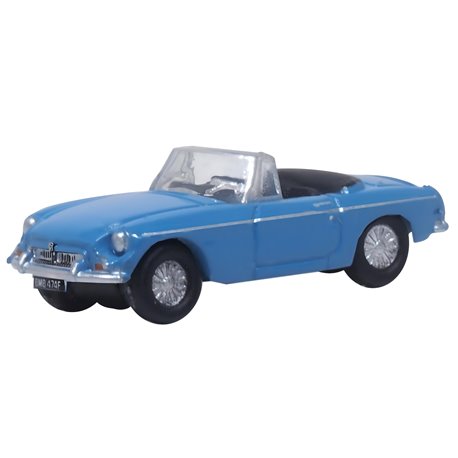Cart 0 Product Products (empty)
No products
Free shipping! Shipping
£ 0.00 Total
Product successfully added to your shopping cart
Quantity
Total
There are 0 items in your cart. There is 1 item in your cart.
Total products (tax incl.)
Total shipping (tax excl.) Free shipping!
Total (tax incl.)
Christmas and New Year
We are dispatching orders every weekday apart from Christmas Day, Boxing Day and New Year's Day.
If you order is time critical, select next day delivery at checkout.
The shop in Sandown is closed from 25th December, reopening on 30th December.
 View larger
View larger MGB Roadster Iris Blue
NMGB004
Oxford
MGB Roadster Iris Blue
This product is out of stock
| Scale | N (1/148 - 1/160) |
| Material | Metal |
| Assembly | Ready to use |
| Finish | Painted |
More info
The MGB was introduced in 1962, with a 0-60 mph time of just over 11 seconds, aided by the relatively light weight of the car. Handling was one of the MGB's strong points. The 3-bearing 1798 cc B-Series engine produced 95 hp at 5,400 rpm. The engine was upgraded in October 1964 to a five-bearing crankshaft in an effort to improve reliability.

